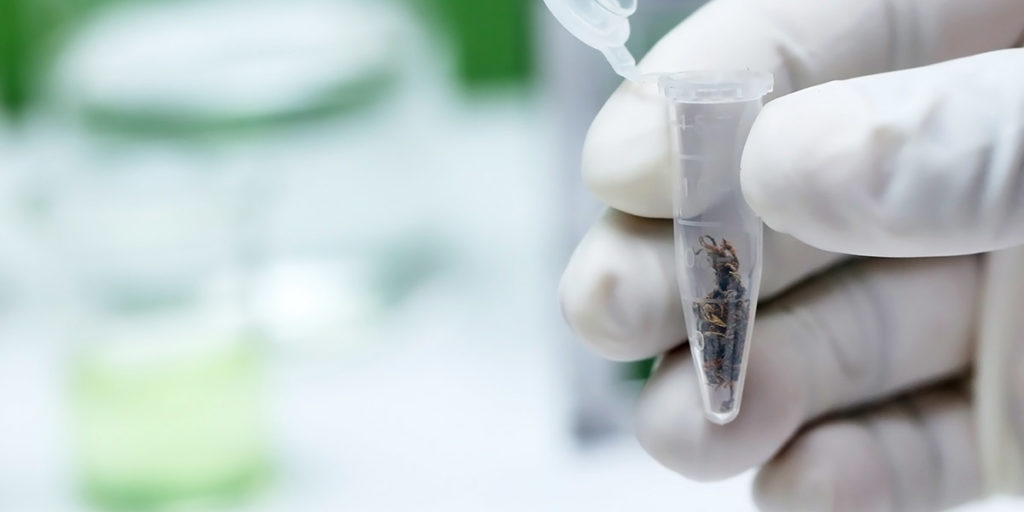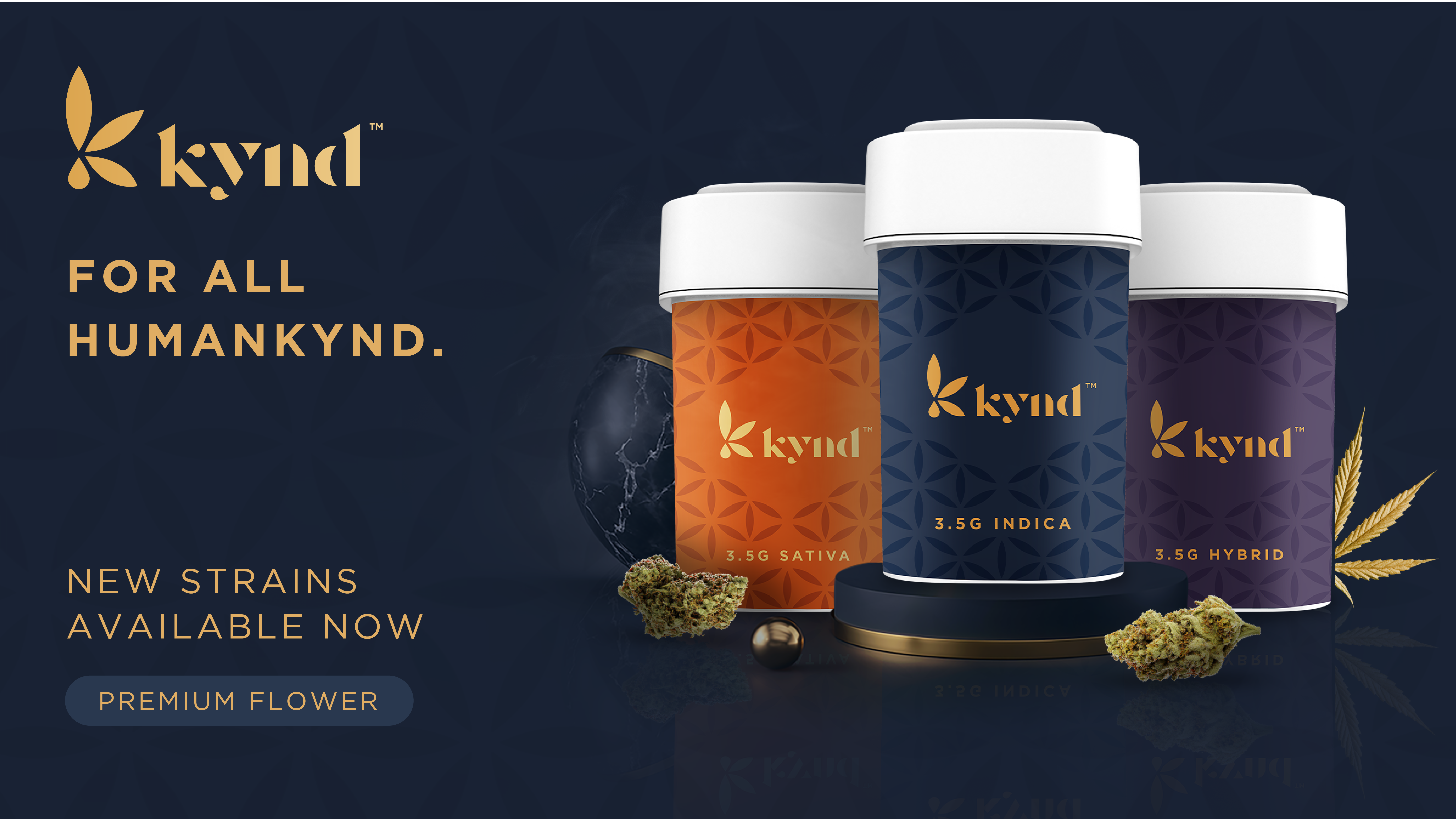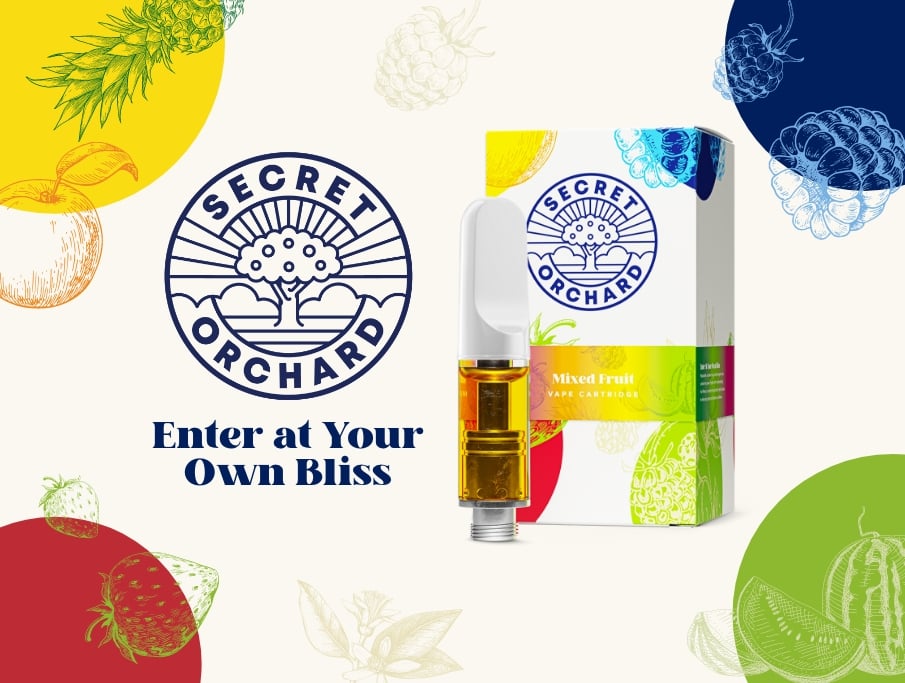Deciding to become a medical cannabis patient is only the beginning of a treatment process with no shortage of options.
With the abundance of choice comes some complex terminology. It’s important to know what these terms mean, because they offer insight about how each type of cannabis works, its uses, and its effects.
Time to get educated! Here are three important industry terms you’re likely to come across in your search for the perfect strain.
Cannabinoids
This is the term you’re likely to hear most often, as it’s used to describe the chemical compounds responsible for producing medically-beneficial effects of cannabis, such as pain relief. These compounds – over 100 of which exist within a single cannabis plant – usually interact with the body’s cannabinoid receptors to produce effects.
Concentrations of active cannabinoid vary from strain to strain, but the highest can generally be found within the bud (flower) of the plant.
It’s likely you have already heard of tetrahydrocannabinol (THC), often the primary psychoactive compound in cannabis and one of the most abundant types of cannabinoid. Besides THC, other cannabinoids include…
Cannabidiol
Other than THC, another prominent cannabinoid to be aware of is cannabidiol. Otherwise known as CBD, this compound has specific therapeutic qualities, like THC, but the effects are physiologic rather than psychoactive. CBD is more about relief than a "high."
Patients report that CBD is ideal for treating conditions such as nausea, anxiety, convulsions, inflammations, and the side effects of cancer and cancer treatments. CBD works by inhibiting fatty acid amide hydroxyls (FAAH), or enzymes that destroy anandamide. Anandamide is a neurotransmitter that plays a role in feelings such as depression and memory and, when inhibited, our natural endocannabinoids increase.
Trichomes
Trichomes are tiny, crystalized glands of resinous oil found in various densities on mature cannabis plants. Their appearance is not unlike a “sugary” or "frosty" coating atop the cannabis plant’s major surfaces. They occur mostly on the buds and look like mini mushrooms under a microscope. Within these trichomes are the majority of cannabinoids. Think of them like a protective shell.
While the most commonly consumed form of cannabis in the U.S. is the dried bud of a cannabis plant, other parts of the world use cannabis extracts or concentrates. This is where trichomes come in. Concentrates are made by separating the trichomes from the plant, either by hand or with specialized equipment. Extracting trichomes from the plant preserves terpenes, the hydrocarbons accountable for the hundreds of nuances of flavor, smell, and medicinal benefits between strains.
Navigating the cannabis industry can be tough, especially when one is bombarded with a myriad of unfamiliar terminology. It’s important to arm yourself with knowledge, and understanding these terms is one of the keys to unlocking the best possible results for your particular situation.






